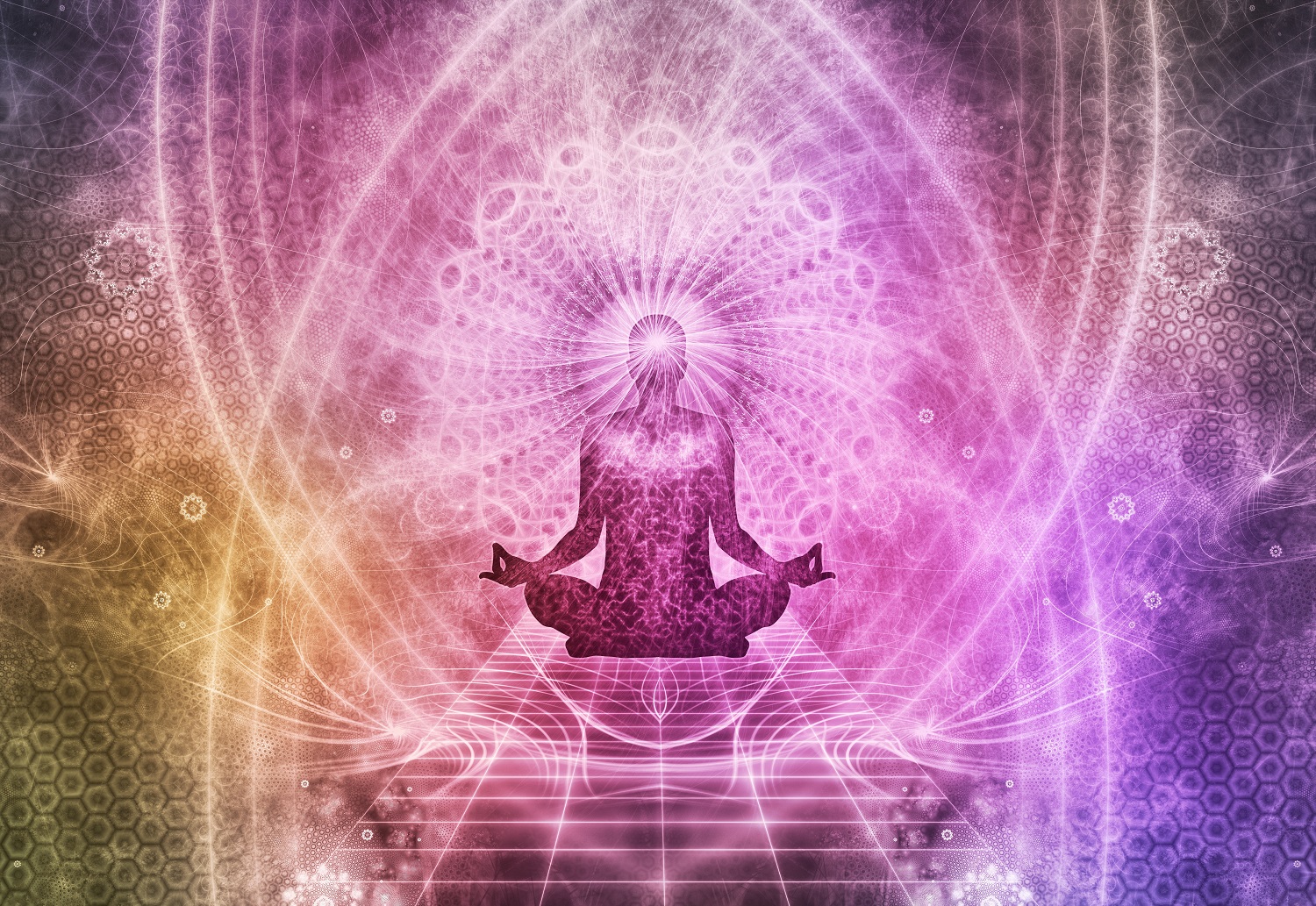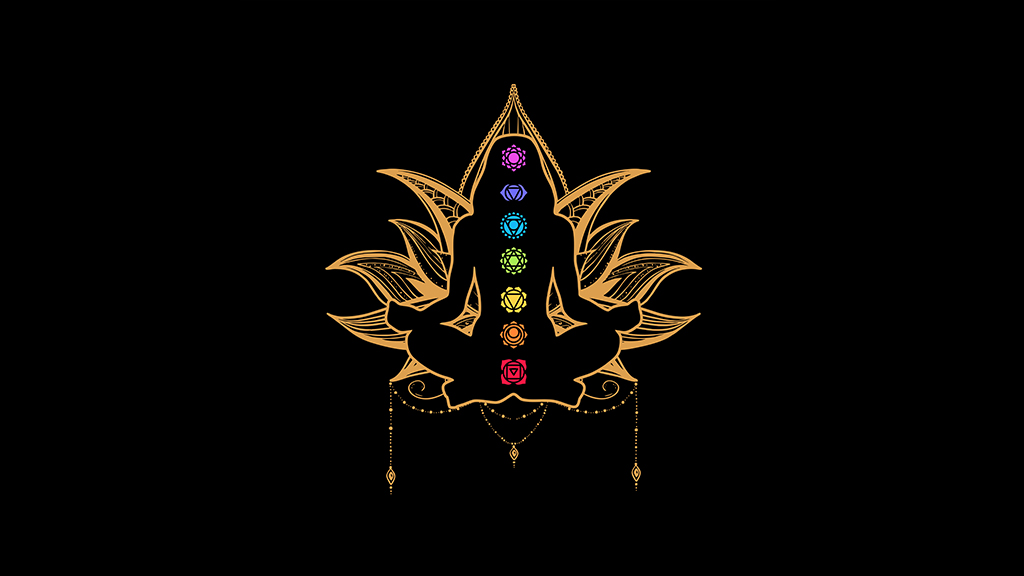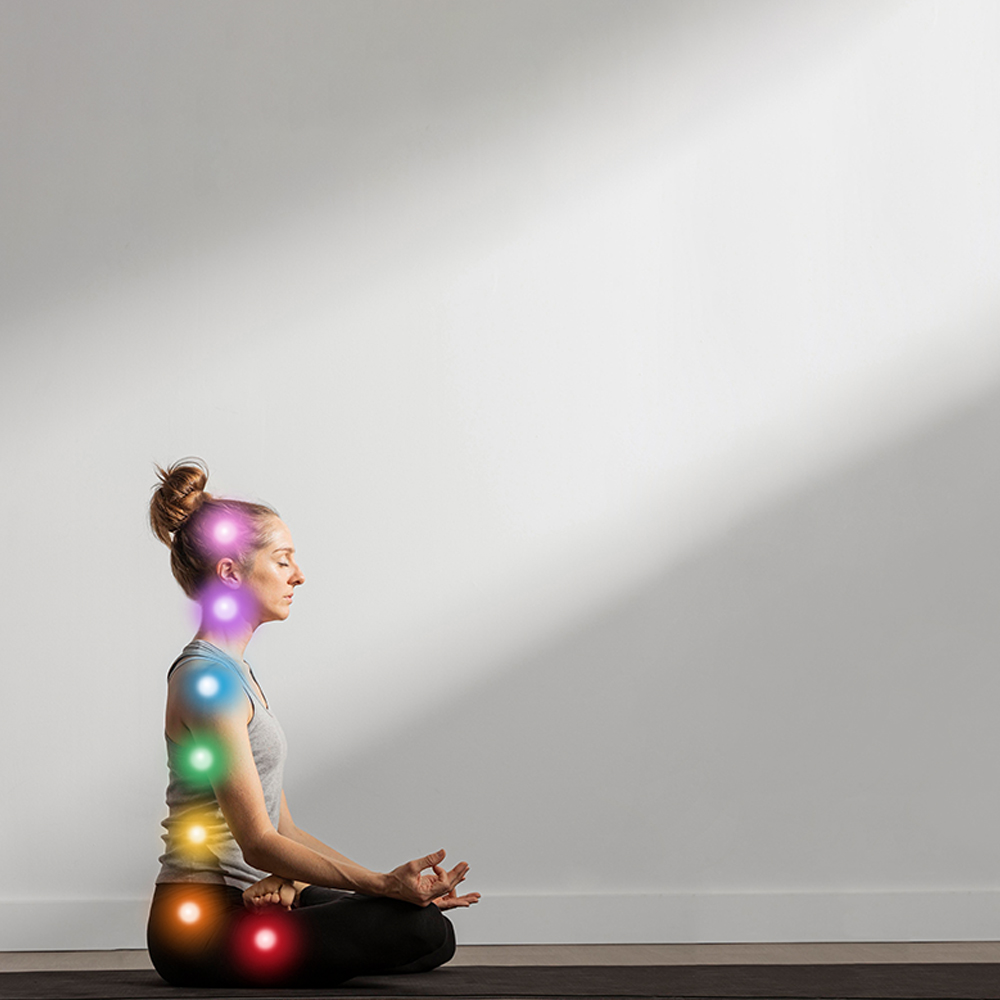Kundalini: The Unfolding Coil of Inner Transformation
(Based on the live discourse of Param Dwij)
(परम द्विज के प्रवचन पर आधारित)

What is meditation?
As a house has many rooms that require cleaning and sweeping every day, and if not, it becomes cluttered with dirt and filth, the human mind is so obscure that if one dares to peer inside it without being aware and awakened, they become trapped in chaotic waves of thoughts and surges to nowhere. The conscious mind, subconscious mind, and unconsciousness are the three rooms of the human mind. The subconscious mind is the most occupied room and is mostly occupied, but it never comes to the fore as the conscious mind does, despite being the most decisive of all three. Imagine it as a room, and if it doesn’t get cleaned on a routine basis, what would happen? It will become clogged with unwanted thoughts that can be diabolic and destructive.
How can you make yourself clean and save it from cluttering thoughts?
And that is meditation.
With regular meditation practice, you can gain access to your subconscious mind and become more aware of your surroundings.
Meditation may open the door for beings to experience the nectar.
What is Kundalini?
The term Kundalini comes from the Sanskrit language and means ‘coiled snake.’ Ancient sages believed that the human body contained a vast reservoir of energy within the inner self of you—self-referring to the entirety of who you are—a combination of body, mind, and soul. Kundalini activates divine energy at the base of the spine and flows upward. Unfortunately, most people are unaware of this.

It reflects that there is an enormous treasure of energy.
The human body is a tavern with a lot of potential and energy, but to experience divinity, you have to find the source of that energy and make its flow smooth and wide.
People consider this ancient spiritual science strange and incomprehensible, and those who practise and consume it are thought to be alien beings. People like this spend their whole lives not knowing that they have a huge amount of divine energy inside them. Most people have stayed in the dark or haven’t talked about the benefits of this ancient spiritual science, so it’s clear. Perhaps they could have made it their routine if they knew what it bestowed.
People have this energy from the moment they are born.
Deep breathing (meditation), mudras (hand movements), kriyas (physical movements), and mantras (sacred phrase chanting) can help people awaken. These practises would awaken the dormant divine energy and cause it to flow upward through the chakra, our bodies’ energy centre, until it reached the pinnacle of the human body—the head.
It creates an internal light that promotes inner harmony and peace, as well as awareness and enlightenment. It triggers the inner energy and brings out the full potential on the surface.
Different Aspects of Kundalini Meditation
There are multiple ways people practise awakening their kundalini. To activate Kundalini, it is necessary to go through a series of activities that align the body, mind, and soul, as well as all seven chakras in the spinal line. Some yogic practices are considered absolutely necessary in the Kundalini meditation process.
Pranayam: The human body is an astral body connected with energy, which is spread throughout the universe and connects human life with breathing. The moment breathing stops, the energy returns to the astral universe. It’s like there is water everywhere in the ocean. It turns into vapour, then into a cloud, then into rain and rivers, and finally into the ocean. As a result, breathing is a vital energy that connects this life to astral energy, which is supreme energy.

Pranayam is an ancient yogic breathing science that is practised for a healthy life. It is an exercise of breathing to control prana, the inner life that brings complete mental and physical health. Controlling one’s own being is a subtle skill that must be honed. People take their breathing for granted, despite the fact that it is just a gas, a chemical formula, O2. However, seers and sages have been using this method for centuries to control their mental and physical energy in order to gain control of the universe and spiritual growth. They are aware of this truth, which is why they continue to travel on the eternal path of absolute pleasure. It doesn’t mean it’s irrelevant and unachievable for a common being.
There are various forms of pranayama people practise: Nadi Sodhan (or Anuloma Viloma), an alternative nostril breathing; Kapalbhati Pranayam (skull shining breathing); Ujjayi Pranayama (victorious breath); and Sitali Pranayam (cold breath).
Kapalbhati Pranayama is the most occasional breathing practice used in Kundalini meditation to control vital energy.
Chanting mantra: Chanting mantra in meditation enhances focus and concentration while meditating. Some people use a rosary. People use various mantras in meditation, such as om, om Namah Shivaya, Hare Krishna. Sat Nam is the most common name people use. Take ‘sat,’ which means ‘true,’ while inhaling, and ‘nam’ while exhaling.
Asanas: Asanas are another crucial aspect of kundalini yoga and meditation. The term comes from the Sanskrit language and means poses, posture, or movement. It aids in making people realise the meaning of life and their own potential. It channelises the flow of vital inner energy in a particular direction to transform their inmost being. People commonly practise the following asanas: Vajrasana (Rock pose), Balasana (child pose), Yoga Mudra, Camel Pose (Ustrasana), Cat-Cow (Marjariasana), Catch Stretch, Cobra Pose (Bhujangasana), Frog Pose, Paschimottanasana (Front Stretch – Life Nerve Stretch), Maha Mudra (the Great Seal of Yoga), Salamba Sarvangasana (Shoulder Stand), Halasana (Plough Pose), Sat Kriya, Stretch Pose, Virabhadrasana (Archer Pose), Adho Mukha Svanasana (Triangle Pose), Shavasana (Deep Relaxation) and so on.
Kriyas: Meditation is unimaginative without kriyas. How can one travel inward from a lazy, etherized, and inactive physique? Kriya is itself awakening. It is the most essential part of meditation.
There are two types of kriyas: physical kriyas and mental kriyas. Mudras (symbolic gestures), pranayamas (yogic breathing), bandhas (body locks), asanas (postures), and so on are examples of physical kriyas. Following the completion of the activities, the Kundalini unfolds and the divine cosmic energy dormant in our bodies awakens. Kriyas are simply tools or technology that awaken the life force as our pranic flow, a vital life force that flows like water in a river but lacks visible electric energy. However, people use technology to build a dam and direct the flow of water in a specific system to generate electricity.
What Are the Benefits?
Enlightenment can be attained by Kundalini meditation practitioners who engage in yogic practises such as kriyas, asanas, pranayama, mudras, and meditation. Kundalini awakening is a consciousness-transcending experience of receiving infinite pleasure.

We encounter the experience of this life energy on a daily basis but rarely recognise it. When we spend hours playing sports, trekking, or exerting ourselves, we feel energetic. This is because Kundalini is awakened for that moment and energy is produced; however, this energy does not last long or provide spiritual energy, but it does work to some extent.
See, the energy is present, and people are aware of it in their daily lives. People who practise kriyas, meditation, and pranayama under the supervision of a trained expert or yogi may discover that they have an enormous amount of energy within them. It does not meet the physical alignment of building a muscular body with kriyas, nor does it meet the meditation of simply sitting and controlling one’s thoughts with meditation.
Over the days, weeks, and months, after the consistent practise of kriyas and meditation, it generates energy, organises it, and keeps it flowing in a certain direction.
It benefits humans in a variety of ways.
Kundalini meditation may be the most similar of all meditation practices.
When Kundalini awakens, it’s like a dam’s door gate opens and water floods out, and it never ends, never stops. It always sends out a stream of energy and makes the soul feel happy all day and night. But like the water behind the dam, if it is not opened under the supervision of experts and with the appropriate guidance, it may turn into a destructive flood and wash away everything, so after the Kundalini awakening, it must be awful, frightening, and intense. It all depends on how properly one pursues activating their Kundalini.
There are a few distinct advantages to Kundalini’s awakening.

- Kundalini meditation helps with anxiety, high stress, and insomnia, and establishes peace inside.
- It helps to improve memory and other cognitive functioning.
- Self-awareness, compassion, and empathy for the universe
- Kundalini meditation empowers the nervous system. The more one works on Kundalini’s awakening, the less nervous one becomes.
- It strengthens one’s willpower, allowing people to make quick decisions.
- It alleviates anxiety and worries while increasing people’s creativity and visual imagination.
- After Kundalini’s awakening, a realised soul understands that whatever happens, there is an ultimate energy, the Supreme Consciousness.
- It clears the understanding by removing mist from the mind.
- Such a person is full of life, zeal, and compassion for the world and himself.
- It helps people have a broader mind so they can tell the difference between what is fair and what is unfair, what is toxic and what is healthy, and what is positive and what is negative. This helps them stay away from things that can ruin their happiness.
- The human mind is some of the most complete space in the world, where there is always a chance as to which one would be better. The practitioner of Kundalini always stays clear and is good at decision-making.
- When the sky clears, the blue amber emerges and appears clear, and the same is true for yoga and meditation. People find their minds clear and conscious.
Kundalini is an enormous source of energy that is concealed, and the energy that flows after kundalini awakening is the spirit.
‘Yoga practitioners believe that there is an enormous divine energy latent in the human body at the root chakra, the base of the spine, which is coiled like a snake. Awakening the Kundalini is to activate the flow of energy.’



